Subscriber Benefit
As a subscriber you can listen to articles at work, in the car, or while you work out. Subscribe NowWhen an Indiana task force meets this month to discuss future funding for state and local roads, Mayor Joe Hogsett’s administration will face an uphill battle with its proposal to change the funding formula that strongly favors rural areas.
The Funding Indiana’s Roads For a Stronger, Safer Tomorrow Task Force will consider a myriad of long-term funding issues, such as how the increasing usage of electric vehicles will reduce gas-tax revenue used for road funding.
But a legislative priority for Hogsett’s Democratic administration is changing the state’s road-funding formula that distributes $660 million for local roads every year.
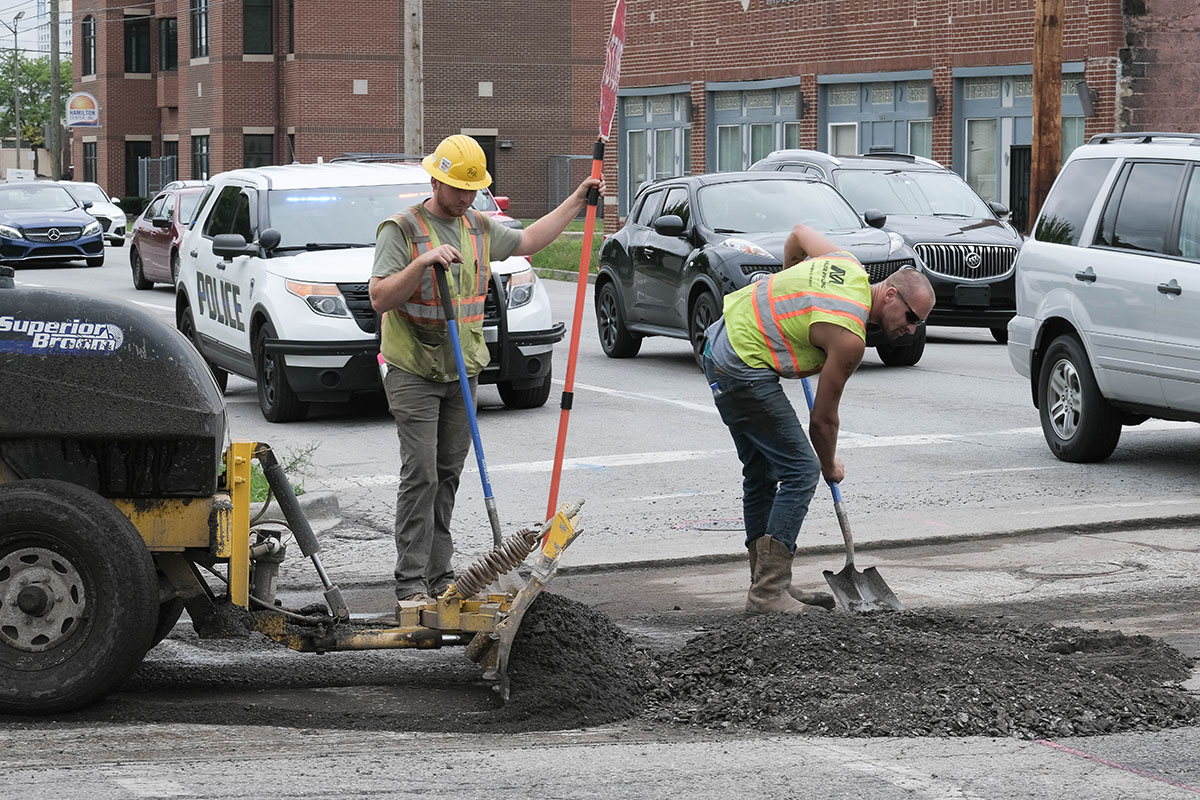
Hogsett is part of a coalition of area mayors known as the Central Indiana Regional Development Authority that is calling for the formula to shift from calculating road funding based on the length of roads to instead take usage into account.
The shift would increase annual road funding for Indianapolis and Marion County. The adjacent counties would also see increases. But 40 rural Indiana counties would see a decrease, and that shift will see opposition from the Legislature’s largely rural Republican majority.
When asked if he would be open to a shift in the road funding formula, task force Co-chair Rep. Jeff Thompson, R-Lizton, said the panel’s focus at the start will just be on gathering information.
He said the task force is expected to start meeting before the end of this month. It is charged with submitting recommendations to the Legislature by Jan. 1.
“It’s not going to be a fast process. The information we come up with, obviously, we will have a chance to weigh in [on], and we’ll go from there,” he told IBJ.
Thompson didn’t directly address whether he thought the current funding formula was inequitable. Instead, he said the task force would make that determination.
“It’s hard to say how things will go at this point,” he said.
Fellow Co-chair Sen. Ryan Mishler, R-Mishawaka, did not respond to multiple requests for comment.
Rep. Jim Pressel, R-Rolling Prairie, is a member of the committee and chair of the House Roads and Transportation Committee. He told IBJ he doubts much consideration will be given to changing the road funding formula during the short, non budget legislative session in 2024.
Even in a budget session, he said, he would be opposed to a total switch to a formula that relied solely on road usage or the number of lane miles on each roadway. Both options would mean huge swings in funding to urban counties at the expense of rural ones
But Pressel said he could be in favor of some change to help cities.
“But a total shift of it? I don’t see us getting there.”
Hogsett’s push
Hogsett and suburban mayors began seriously talking about a change in the road funding formula last year after a new study showed a wide disparity in the amount received by urban and rural areas when traffic volume is taken into account.
Indianapolis-Marion County government, for instance, received just $3.22 per vehicle mile traveled per capita in 2021, while tiny and sparsely populated Ohio County received $19.15, according to the study by Policy Analytics LLC.
Marion County is slotted to receive $89 million next year; changing the funding formula in the way proposed by Hogsett’s administration would increase that by $49 million, to $138 million.
That’s still far short of the county’s needs. Another study, conducted last year by HNTB Corp., found the county needs an additional $635 million a year to maintain its roads.
Hogsett, who is seeking a third term as mayor this fall, in July formally called for the state task force to consider a change in the formula.
Jefferson Shreve, the Republican businessman running against Hogsett, said the proposal has merit but should have been introduced earlier.
He said the current funding formula is clearly not equitable. “But it’s also plainly the case that, in the way the system is set up at the General Assembly, you know, the votes aren’t in Marion County’s favor,” he added.
Shreve told IBJ he’s had conversations with House Speaker Todd Huston and some Republican members of the road task force and believes they are open to discussions about the state taking back control of state and U.S. roads within Marion County if the county were to increase the wheel tax.
INDOT relinquished state roads and U.S. highways within Marion County to the city of Indianapolis more than 20 years ago, Department of Public Works spokesman Kyle Bloyd wrote in an email. One example is U.S. 40, also known as Washington Street.
If INDOT took back control of these roads, “that math could make sense for the [residents] and ratepayers of Marion County,” Shreve said.
Although it’s become a key part of the mayor’s race, road funding for Marion County is not just an election-year issue, said state Sen. Fady Qaddoura, an Indianapolis Democrat.
He noted that it was part of the discussion when he became city controller for Indianapolis in 2016.
“Indianapolis’ struggle and advocacy at the Statehouse dates back to two, three decades ago,” Qaddoura said. “And I’m aware, even in my three years since I’ve been in office, every single year the city had advocacy initiatives at the state, working with legislators asking them for reforms.”
Last year, major proposals to alter the road funding formula were shot down by lawmakers in favor of a technical correction that gave Indianapolis an additional $8 million. But Qaddoura said he’s working to try to persuade the task force to come up with a more meaningful solution.
“I’m always optimistic, and I will put every ounce of energy I have to influence the outcomes of that task force to ensure that the report comes up with recommendations that we can act on,” he said.
“But at the same time, I’m pragmatic. I always tell people, ‘Don’t put all of your hope on that task force because, at the end of the day, the task force does not guarantee the passage of legislation.’”
Columbia City Mayor Ryan Daniel, a Republican, will represent the Association of Indiana Municipalities on the state task force. He said his job will be to balance the needs of cities and towns like his with those of metro areas such as Indianapolis and Fort Wayne.
“We’re going to try to find a balance there, where there is appropriate funding going so that the smallest of us are not left behind, but the largest of us aren’t overly subsidizing other parts,” Daniel said.•
Please enable JavaScript to view this content.

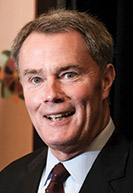
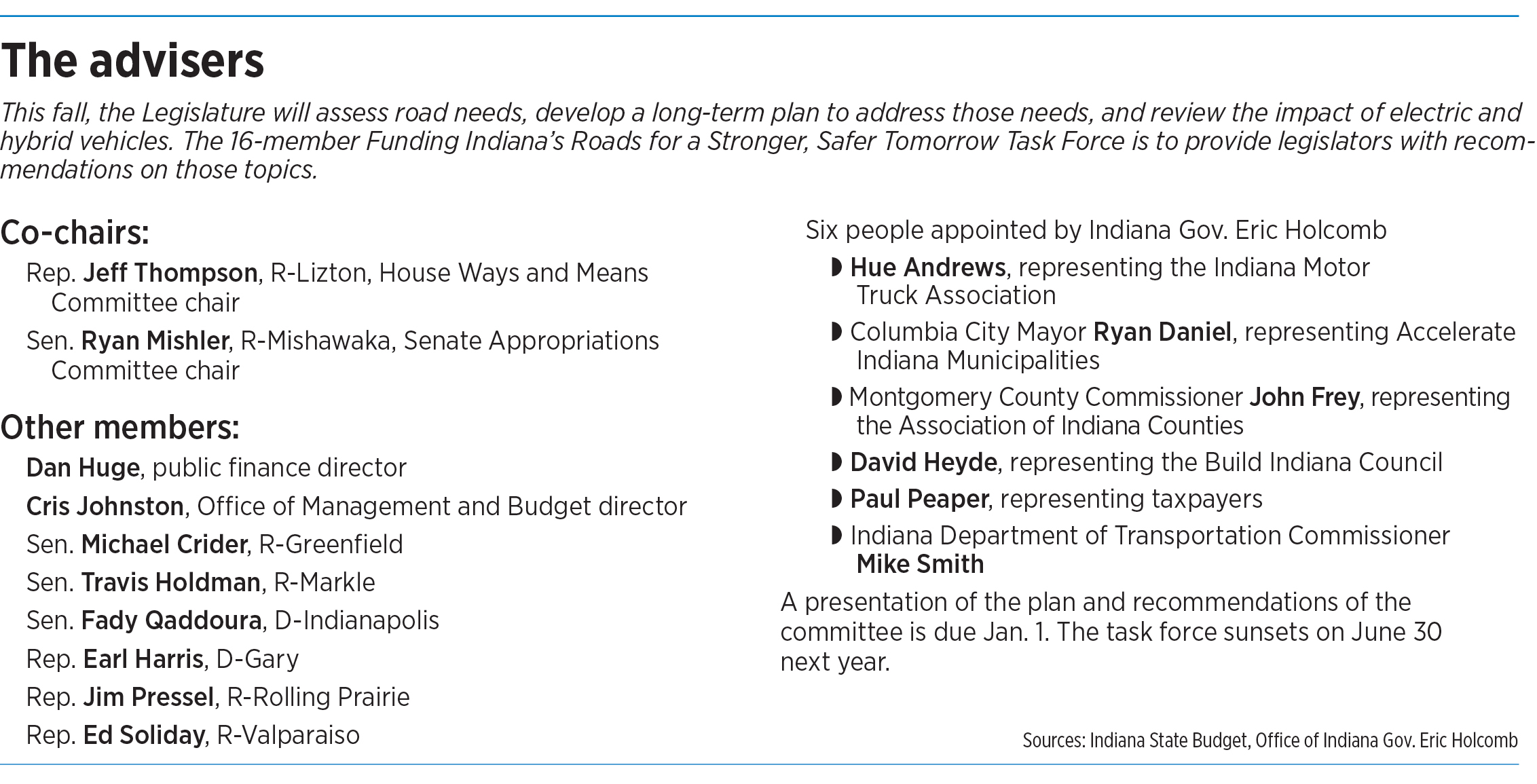

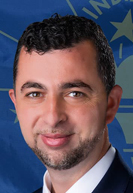
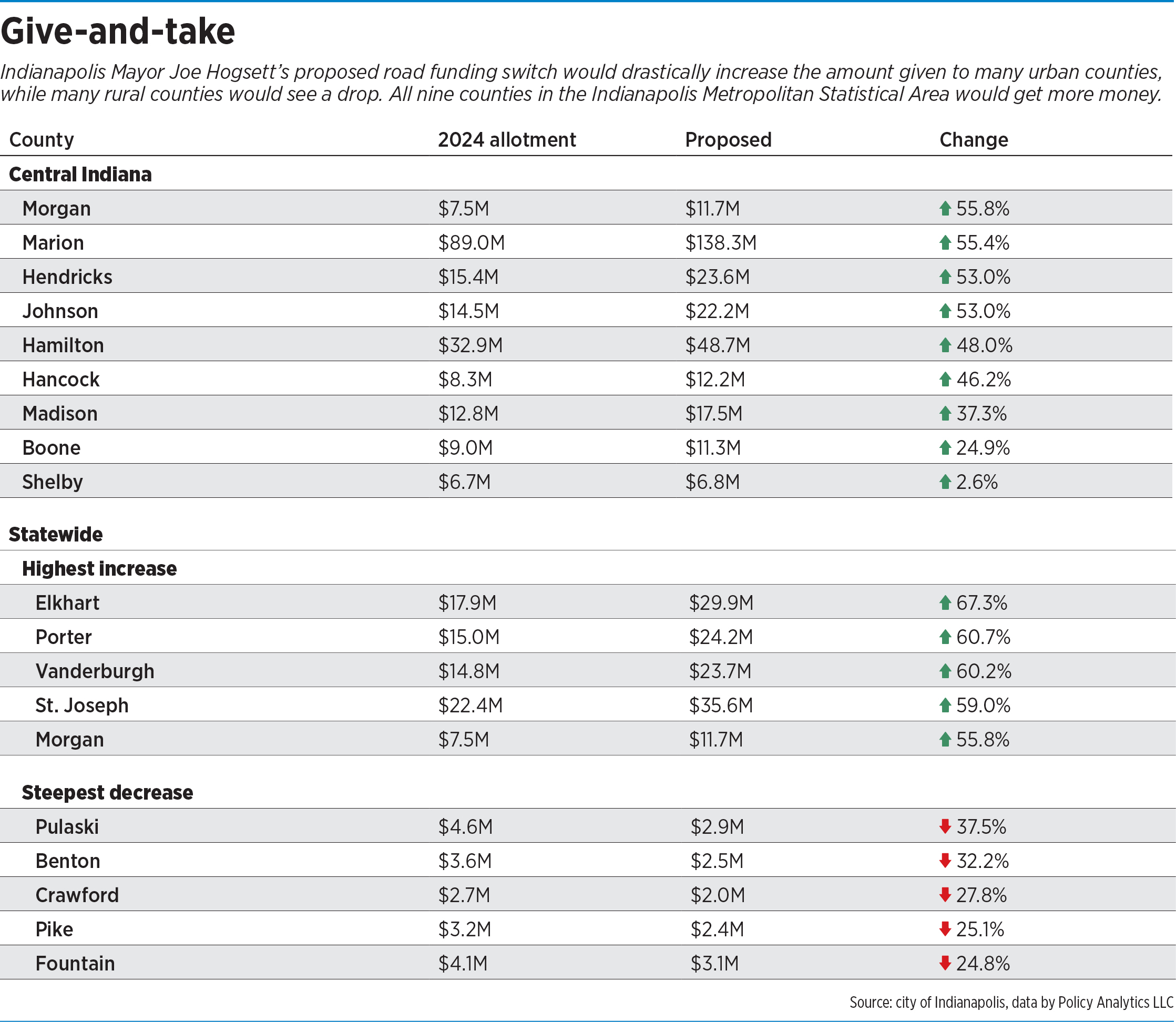
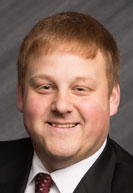
Shreve initially came out against Hogsett’s push to get more resources from The State, but now he’s shifted his stance – presumably after it’s proven popular.
Shreve needs to get out of here
Give the state control of the major roads?
Behold the mayoral strategy of Jefferson Shreve… same as the foolishness of the Ballard parking meter lease.
Bring back the sandwich guy Chuck Brewer, he ran a better campaign than Shreve.
Gov Holcomb ought to endorse equitable funding for streets in Indiana. And then he needs to lobby his party’s state legislators to get on board. Without that kind of leadership, Indianapolis will continue to be screwed on this issue.
We need to have a Legislative Taskforce on Taskforces. It seems too often a taskforce either does nothing and talk about how powerless they are. Or in the rare case they do something, the legislature discards it in the next session.
The best Shreve can muster is that the proposal is too late? Empty suit. Has he been paying attention? Indianapolis has been talking about this for years. At least someone is listening a little to get this task force established. Of course, the General Assembly started listening after Hogsett commissioned a study showing the wealthy suburbs around Indianapolis would also benefit from an adjustment. If Shreve cannot intelligently and effectively lobby his fellow Republicans in the General Assembly over road funding how can we trust that he can get anything done on guns as he has promised?
People don’t destroy roads, vehicles do. The heavier the vehicle, the more damage done. So, it seems like placing the largest cost burden on those types of vehicles should be a primary focus point of the funding discussion. If the concern is lost revenue due to conversion to electric vehicles, then shouldn’t the electric utility companies help pay for the roads as the recipients of increased revenue?